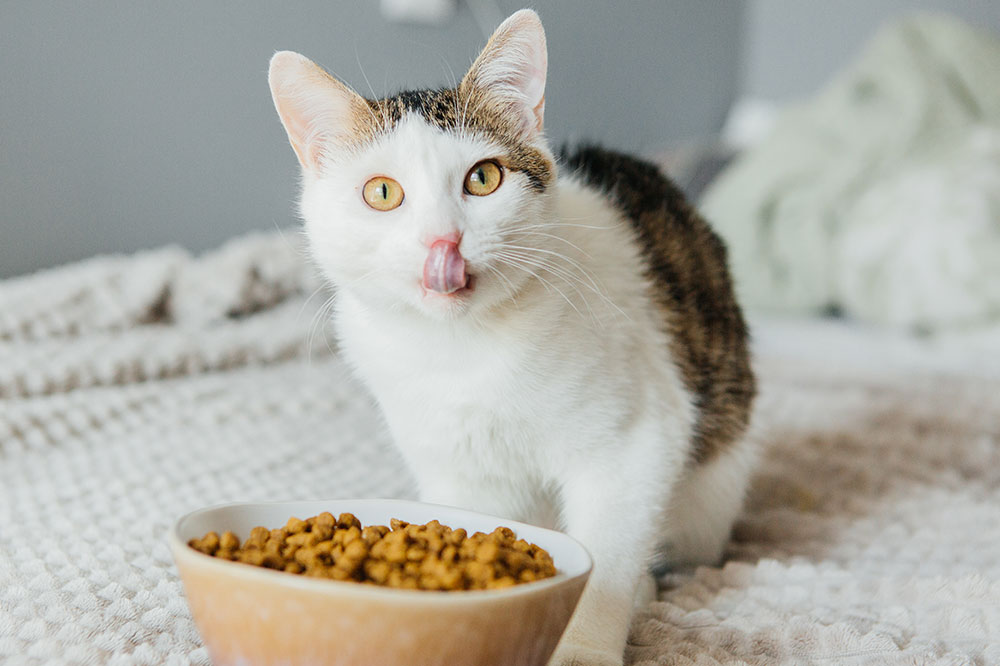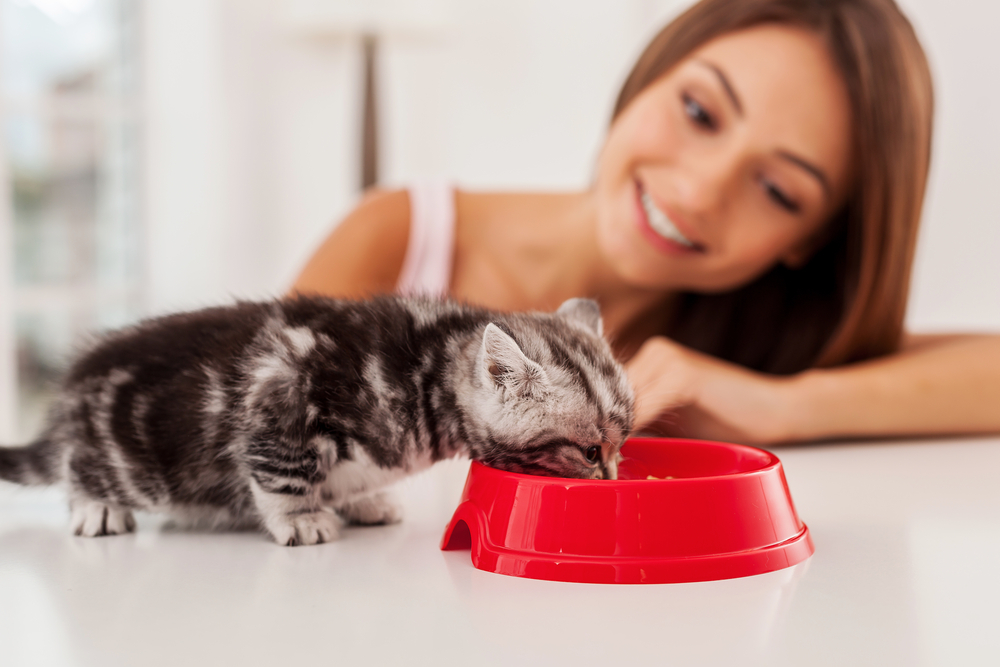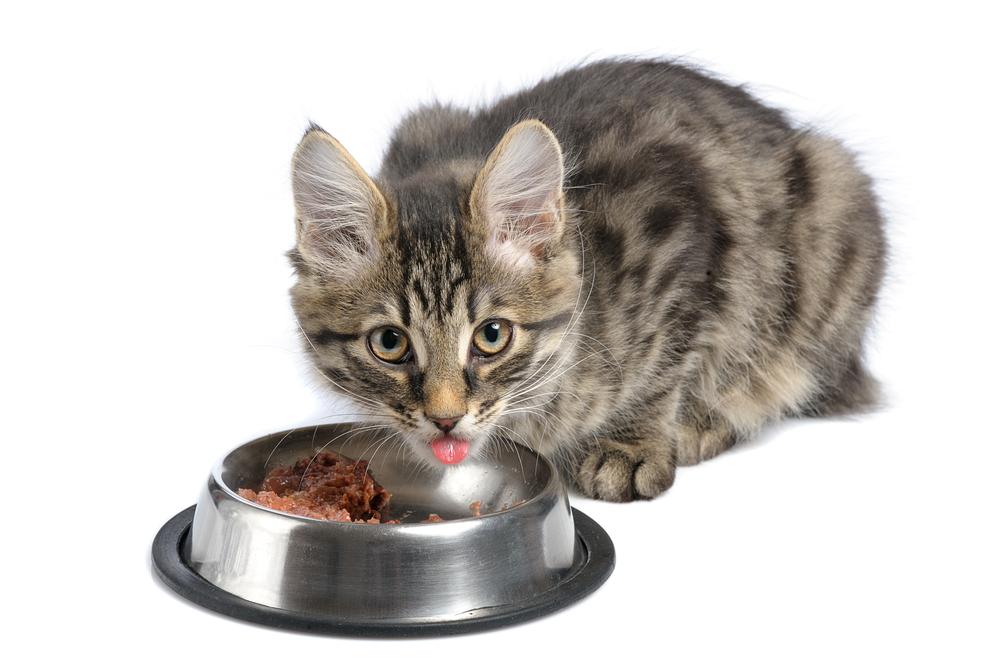Advantages of Feeding Cats Wet and Dry Diets
Discover the key benefits of feeding your cat both wet and dry foods. Wet and dry diets cater to different preferences, promote dental health, hydration, and digestion. Learn about homemade and store-bought options to keep your feline friend healthy and happy. Always consult a vet when introducing new foods, especially for sensitive or allergic cats. Knowledge of these dietary choices helps ensure your pet's well-being with a balanced and appealing diet.

Advantages of Feeding Cats Wet and Dry Diets
As a cat owner, you likely understand their eating preferences. Cats enjoy a mix of small meals throughout the day. They often nibble at their bowls repeatedly. If you're new to the concept of feeding cats with wet and dry foods, read on — we've got useful insights for you.
Offering both types of food benefits felines because, unlike dogs, they can be particular about what they eat. For picky eaters, wet food might be more appealing.
Explore the benefits of choosing the right dry and wet foods for your cat.
Dry Cat Food Benefits
Dry food is easy to store and serve, but cats may dislike eating the same variety daily. It also promotes dental health by reducing tartar buildup. Chewing dry food helps strengthen jaw muscles and, during diarrhea episodes, adds bulk to stool to aid recovery.
Common kitchen ingredients suitable for dry diets include:
Cooked sweet potatoes
Beef
Pork
Lamb
Dark meat chicken
Cooked carrots
Bananas
Steamed vegetables like green beans, asparagus, broccoli
Melons
Spinach
Pumpkin
Peas
Wet Cat Food Benefits
Wet food boasts a strong aroma and flavor, making it perfect for discerning eaters. Since cats have a keen sense of smell, they prefer foods that smell fresh. Wet food also supports hydration and aids digestion, helping prevent constipation and stomach issues.
Good homemade wet options include:
Fish in gravy
Cooked rice with broth
Cooked chicken with broth
Cooked winter squash (soup-like)
Unsalted canned tuna
Cooked corn in vegetable broth
Bone broth with meat chunks
While homemade options are handy, store-bought wet and dry foods are also available. Always avoid products with added salts, preservatives, animal by-products, or artificial dyes. Those with food allergies should opt for grain-free options and monitor their cat’s response. Consult your veterinarian when adding new foods to ensure safety.
Note:
Our blog provides diverse, practical information across various topics. Use this material for general insights, but do not consider it definitive. We aren’t responsible for discrepancies or inaccuracies on other platforms. Also, be aware that available deals or schemes may differ from our coverage.









